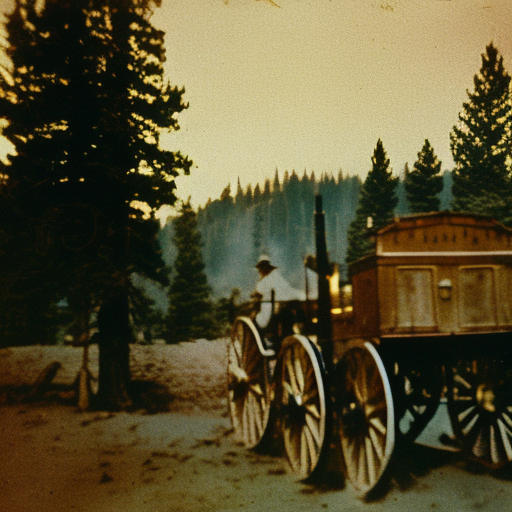Summary:
The Victorian gold rush was a significant event in Australia’s history that occurred in the mid-19th century. It led to a massive influx of immigrants, transformed the economy, and shaped the development of the region. The discovery of gold in Victoria brought about a period of rapid growth and prosperity, but also had social and environmental consequences.
Background:
The Victorian gold rush began in 1851 when gold was discovered in the town of Ballarat, Victoria. News of the discovery spread quickly, attracting thousands of people from around the world to the region in search of fortune. Prior to this, Victoria was a sparsely populated colony with a struggling economy. The discovery of gold changed everything.
Impact on Immigration:
The gold rush attracted a diverse range of people to Victoria. Immigrants from Europe, America, and Asia flocked to the region, seeking their share of the gold. The population of Victoria skyrocketed, and Melbourne, the capital, became one of the largest and wealthiest cities in the world. The influx of immigrants brought cultural diversity and contributed to the development of a multicultural society in Australia.
Economic Transformation:
The discovery of gold had a profound impact on the economy of Victoria. Gold mining became the dominant industry, and the region experienced a period of unprecedented economic growth. The gold rush brought wealth to many individuals, and businesses catering to the needs of miners flourished. The increased demand for goods and services stimulated other industries, such as agriculture, manufacturing, and transportation.
Social Consequences:
The gold rush had significant social consequences. The sudden population increase put pressure on infrastructure, leading to overcrowding, inadequate housing, and sanitation issues. Law and order became a challenge as the population grew rapidly, and crime rates soared. The goldfields were also notorious for their harsh working conditions, with long hours, dangerous mining practices, and widespread exploitation of workers.
Environmental Impact:
The gold rush had a detrimental impact on the environment. Large-scale mining operations caused extensive damage to the land, with forests cleared, rivers polluted, and soil erosion occurring. The use of mercury in gold extraction also had long-lasting effects on the environment and public health.
Legacy:
The Victorian gold rush left a lasting legacy on Australia. The wealth generated from gold mining helped fund infrastructure development, such as railways and public buildings, which laid the foundation for future growth. The multicultural society that emerged during this period continues to shape Australia’s identity today. The environmental consequences of the gold rush also led to increased awareness of the need for sustainable practices and environmental protection.
In conclusion, the Victorian gold rush was a transformative event in Australia’s history. It brought about rapid population growth, economic prosperity, and cultural diversity. However, it also had negative social and environmental consequences. The legacy of the gold rush can still be seen in the development of Victoria and the broader Australian society.












